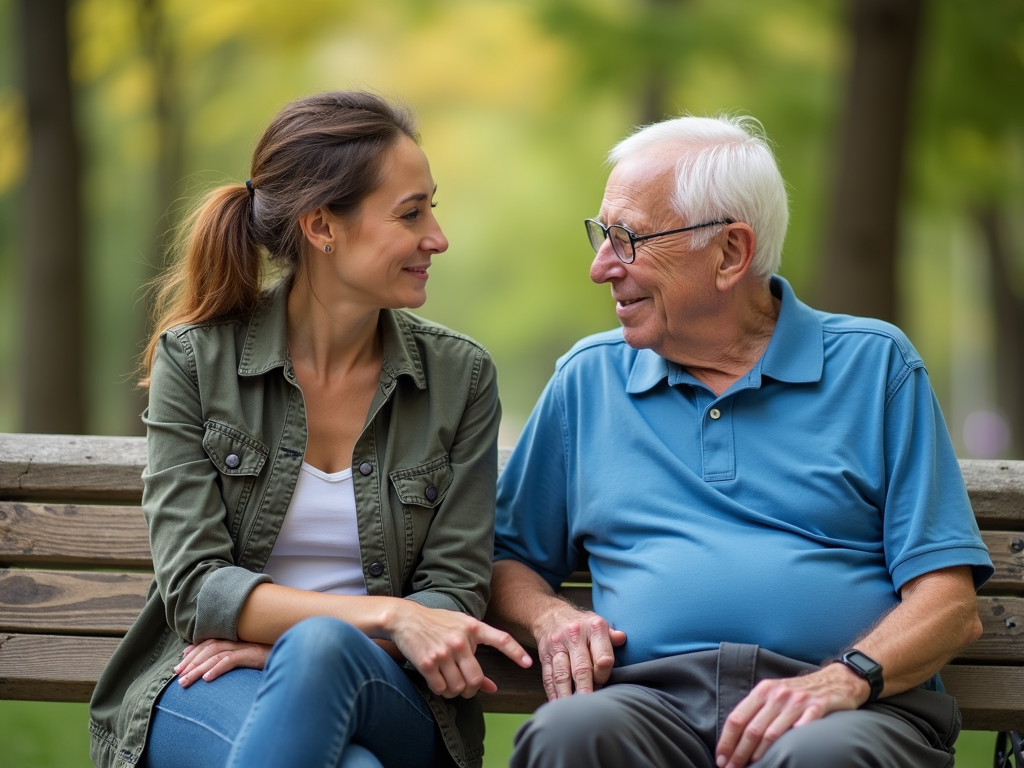Building Strong Relationships Through Communication
By , March 23, 2025
Communication is the cornerstone of strong relationships. Whether in personal life or volunteering, how we communicate can make or break connections. This article explores the art of building strong relationships through communication, with a focus on volunteering and advocacy.
Communication is more than just talking; it's about understanding and being understood. In relationships, it's the bridge that connects people. When we communicate effectively, we build trust, resolve conflicts, and foster deeper connections.

In volunteering, communication takes on a special role. Volunteers often work with people from different backgrounds and with varying needs. Impactful communication techniques can make volunteering more effective and fulfilling.
One key technique is active listening. This means fully concentrating on what the other person is saying, understanding their message, and responding thoughtfully. Active listening shows respect and builds trust.

Another important technique is clear and concise communication. In advocacy volunteering, where you're often trying to persuade or inform, being clear and to the point is crucial. Avoid jargon and use simple language to ensure your message is understood.
Empathy is also vital. Understanding and sharing the feelings of others can help you connect on a deeper level. In volunteering, empathy can help you better serve those in need and build stronger relationships with fellow volunteers.

Non-verbal communication is just as important as verbal. Body language, facial expressions, and tone of voice can convey a lot. In volunteering, being aware of your non-verbal cues can help you communicate more effectively.
Now, let's talk about best practices in advocacy volunteering. Advocacy often involves speaking up for others, so communication skills are paramount.
First, know your audience. Tailor your message to resonate with them. Whether you're speaking to policymakers or the public, understanding their perspective can make your advocacy more effective.

Second, be prepared. Research your topic thoroughly and anticipate questions or objections. This will help you communicate with confidence and authority.
Third, use storytelling. People connect with stories more than facts alone. Share personal anecdotes or case studies to make your advocacy more compelling.

Finally, follow up. Communication doesn't end with a single interaction. Building strong relationships requires ongoing dialogue. Check in with your audience, provide updates, and keep the conversation going.
Building strong relationships through communication is an art that requires practice and intention. By using techniques like active listening, clear communication, empathy, and being aware of non-verbal cues, you can strengthen your connections. In volunteering and advocacy, these skills are especially crucial. Remember to know your audience, be prepared, use storytelling, and follow up to make your communication impactful.